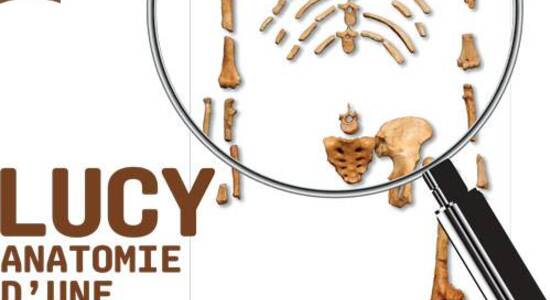Publication dans Review of Palaeobotany and Palynology
Publié par Laboratoire PALEVOPRIM, le 5 septembre 2019 1.4k
Palynological assemblage from the lower Cenomanian plant-bearing Lagerstätte of Jaunay-Clan-Ormeau-Saint-Denis (Vienne, western France): Stratigraphic and paleoenvironmental implications
France Polette, Alexis Licht, Aude Cincotta, David J.Batten†, Pauline Depuydt, Didier Néraudeau, Géraldine Garcia, Xavier Valentin
Résumé
We describe here the palynological content from the lower Cenomanian plant-rich site of Jaunay-Clan (Vienne, western France), a site that previously yielded exceptional leaf impressions. Altogether, 184 species of palynomorphs have been identified, and two palynological intervals were recognized in the sedimentary sequence. The lower interval is characterized by the taxonomical and numerical dominance of spores of Gleicheniaceae, Cyatheales, and Anemiaceae, while the upper interval is characterized by an abrupt increase in the abundance of Classopollisand the appearance of dinocysts. This shift in the palynological composition, coupled with paleobotanical observations, is interpreted as reflecting a transition from a calm freshwater environment, with occasional droughts to an environment more open to very occasional marine inputs, such as an inner lagoon.
The association of Tehamadinium coummia, Trichodinium spinosum, Tricolpites nemejcii, Retitricolporites decorosus, and Microreticulatiporites sacalii, coupled with the absence of Normapolles pollen grains, suggests that the Jaunay-Clan assemblage is early Cenomanian in age, corroborating the previous determination based on lithological and paleontological proxies. However, the Jaunay-Clan palynoflora is considered to be slightly younger than the numerous earliest Cenomanian assemblages described from Charente-Maritime, owing to its resemblance with mid-lower Cenomanian palynofloras from western France. The paleoflora and palynoflora from Jaunay-Clan are similar to other assemblages found in the upper Albian of Spain (Teruel Province), and in the Cenomanian of France and Czech Republic (Peruc-Korycany Formation, La Buzinie, Archingeay). The combined Jaunay-Clan palynoflora and paleoflora is considered to be the most diversified Cenomanian paleobotanical-palynological assemblage described so far in Western Europe.
Lire la suite : https://doi.org/10.1016/j.revpalbo.2019.104102
Références :
France Polette, Alexis Licht, Aude Cincotta, David J.Batten†, Pauline Depuydt, Didier Néraudeau, Géraldine Garcia, Xavier Valentin – Palynological assemblage from the lower Cenomanian plant-bearing Lagerstätte of Jaunay-Clan-Ormeau-Saint-Denis (Vienne, western France): Stratigraphic and paleoenvironmental implications – Review of Palaeobotany and Palynology Volume 271, December 2019, 104102.




